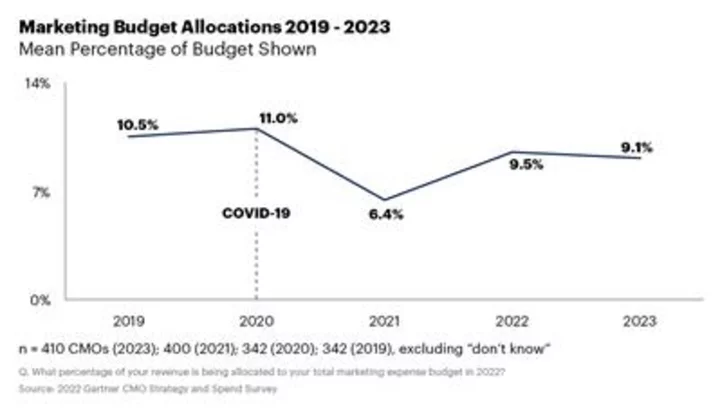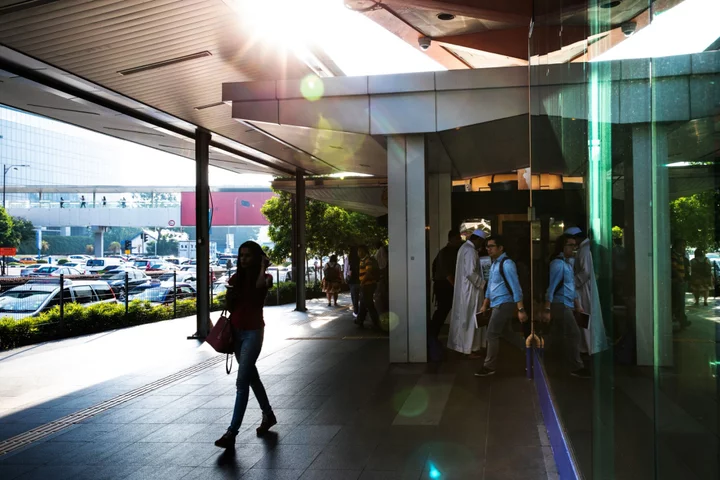Japan’s life insurers are expected to flag further selling of foreign bonds including Treasuries when they start outlining investment plans next week for the fiscal second half through March.
Yet the extent of the sales may continue to moderate, in line with the trend seen in the fiscal first half, having made hefty reductions in overseas debt holdings last year. Meantime, there are expectations for an increase in purchases of Japanese government bonds as yields rise at home along with signs that the central bank is edging toward a normalization of monetary policy.
The investment plans of nation’s life insurers, which have combined assets of $2.7 trillion, are closely followed because of their impact on Japanese and global markets. The European Central Bank and its UK counterpart are among those to have warned of the risks of increased volatility from a repatriation of Japanese funds as policymakers in Tokyo recalibrate their interest-rate settings.
“Long-end JGBs will be the main investment instruments for most of the major lifer insurers for the second half of fiscal 2023,” said Shoki Omori, chief desk strategist at Mizuho Securities Co. in Tokyo. Many have already made large cuts to their positions in Treasuries and they are unlikely to see current yields as attractive enough to buy back in, Omori said.
While there is a yawning gap of about four percentage points between 10-year Treasury yields and their JGB equivalent, the return on US debt is less than that on Japanese securities after accounting for currency hedging costs. The option of forgoing currency hedging is challenging for Japanese investors given the sharp slump in the yen over recent years and the ongoing risk of a sudden move in the other direction.
Fukoku Mutual Life Insurance Co., which will outline its plans early next week, said last month it may increase its investment in yen-denominated bonds due to an expectation of a further rise in super-long yields. Earlier this year it said it would sell all of its hedged foreign bonds this fiscal year.
Yields on 30-year JGBs — favored by life insurers to help match assets with their long-term obligations to policy holders — touched a decade-high of 1.835% earlier this month. The 10-year yield rose above 0.8% for the first time since 2013 as the Bank of Japan eases its grip on yield-curve control and overnight-indexed swaps indicate the short-term policy rate may be raised to zero from minus 0.1% as early as April.
Yields came off slightly this week, with the 10-year measure trading at 0.755% as of 3:40 p.m. in Tokyo on Friday and its 30-year counterpart at 1.68%. For US Treasuries, the 10-year was at 4.67% and the 30-year at 4.83%.
Life insurers sold a net ¥196.3 billion ($1.3 billion) of foreign bonds in the fiscal first half that ended Sept. 30, following record sales of ¥8.06 trillion in the October-March period, based on data from the Ministry of Finance. Insurers including life and casualty insurers purchased ¥2.31 trillion yen of JGBs between April and August, according to the latest data from the Japan Securities Dealers Association.
“I don’t think it’s an option for life insurers to increase the amount of unhedged foreign bond holdings beyond anything already planned for this fiscal year,” said Eiichiro Miura, general manager of fixed-income investment at Nissay Asset Management Corp.
Taiju Life Insurance Co. is expected to reveal its investment outlook next Friday, with the following week featuring Meiji Yasuda Life Insurance Co., Nippon Life Insurance Co., Dai-ichi Life Insurance Co. and Sumitomo Life Insurance Co.
(Adds JGB and US Treasury yield levels in eighth paragraph.)
Author: Yumi Teso, Daisuke Sakai and Masaki Kondo









